|
1 Comment
Difficulty: Intermediate
My "Intermediate Origami" course focuses mainly on flowers and marine life, which are often very complicated and difficult to fold. But I needed a relatively easy fold that fit into one of those two categories to start with - something not too terribly difficult, but also not for absolute beginners, just to get the ball rolling. Significantly easier than the shark, dolphin, walrus, or turtle, my solution was the sperm whale. All origami projects are open to personalization and experimentation, but the sperm whale is particularly so. Following the directions will produce this: But, of course, that's just one way. Here are many others. Notice the difference (some subtle, some not so subtle) between these folds, mostly on the tail. Most of these folds are quite small in stature, the result of using 6" x 6" paper ... ... but I've always wanted to try substantially larger paper. And what better project to do so than a whale? Using an old CT Transit brochure, I was able to start with an 18" x 18" paper, thus creating a product thrice as large:
Difficulty: Hard/Intermediate
Like the shark, the walrus is categorized as "hard/intermediate" due to instruction extrapolation (taking marked directions from one flap and applying those same folds to another unmarked flap) and the number of minute folds (too small to indicate on the paper) required to make a realistic product. Particularly after folds 7 and 8, minor adjustments are required but there is no good way to show it on the instruction sheet. Instead, common sense, trial and error, experience, and a higher difficulty rating will have to suffice. Following the directions exactly will produce this: But comparing this to the completed patterns below, you will notice many small discrepancies: 1. the color and curvature of the tusks, 2. the crown of the head has been rounded and often glued together, 3. the flippers and lower shoulders are often folded an extra time or rounded, 4. I had to inset a penny into the posterior most of these walruses (walri?) to keep the animal's balance back, otherwise they tend to fall forwards onto their heads. These and other modifications are strongly encouraged. I had to have at least one psychedelic walrus, for fairly obvious reasons. (Also notice the flippers have been folded an extra time.)
Difficulty: Hard This pattern is hard because it requires the folder to extrapolate directions for one corner and repeat those folds (without directions) on the other three corners.
This fold is a little different from most instead of a single large folded piece of paper, it requires the combination of several small (and identical) folds. Difficulty: Easy
You can also experiment with multi-colored poppies by folding two different colored pieces of paper together, then cutting the tip of one layer off to reveal the second color underneath.
The trillium is nearly identical to the monja blanca, the only difference being that two monja blancas are combined to produce the trillium. This fold is particularly effective when two different colors are used. Difficulty: Intermediate
The monja blanca (old white nun) is the national flower of Guatemala. (I have taken liberties with the coloration.) It requires a triangular starting shape, which may either be printed and cut out from the instructional sheet below, or folded and cut using the triangle base. Difficulty: Intermediate
At some point in the recent past, it dawned on me that bases would be ideal patterns for my origami blog. Since base fold are fundamental to origami, I can first post a base, and then post several completed folds that use that original base. This will be the first: the triangle base. Difficulty: Very Easy
This pattern shows how to make an equilateral triangle from a square piece of paper. This triangular base may then be used in any number of projects, several of which I will blog about in the near future.
|
Origami Blog
My 8 March 2013 blog about origami prompted me to launch a second blog, one dedicated solely to origami. This way, as I complete instructional sheets, I can post them directly to this blog and it will not interfere with my Beatles blog. Categories
All
Archives
November 2014
|
||||||||||||||||||||||||||||||||||||||||||












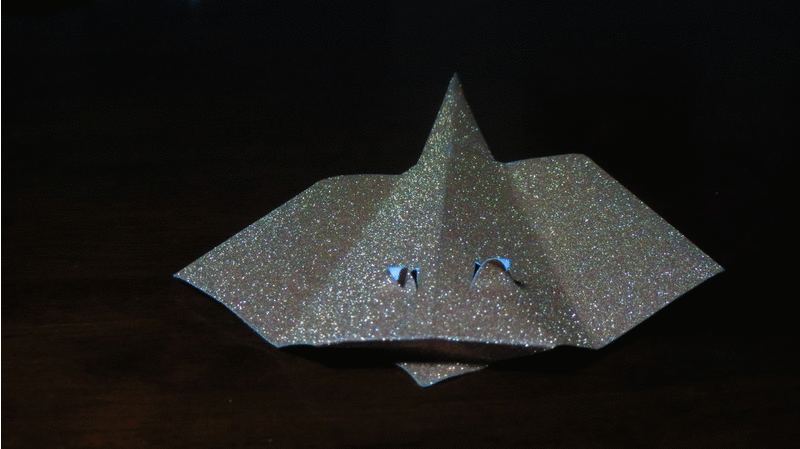







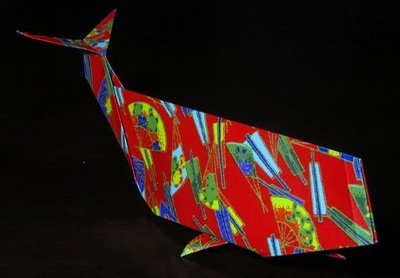










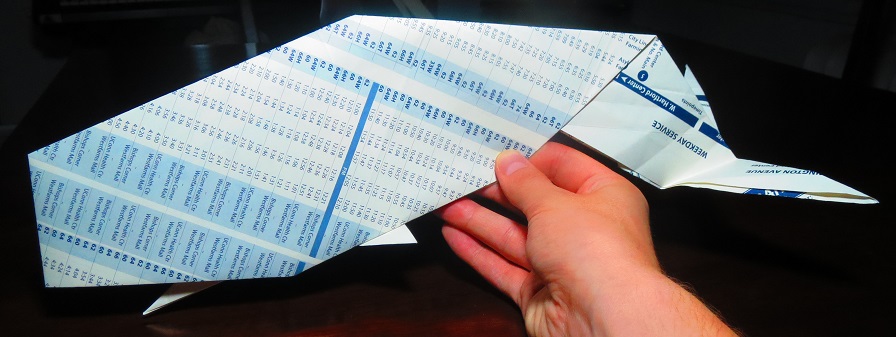

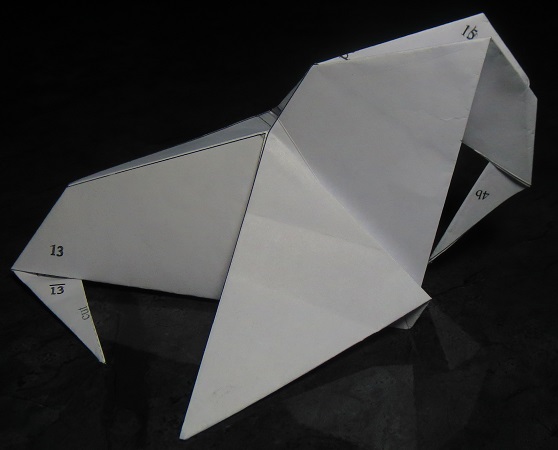







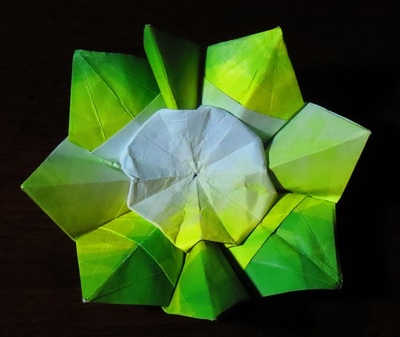


















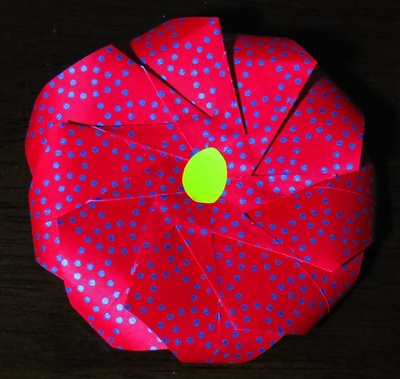



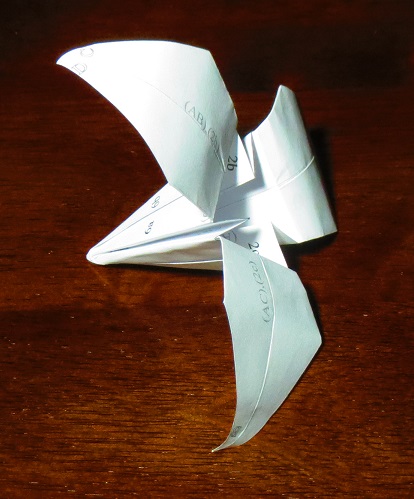



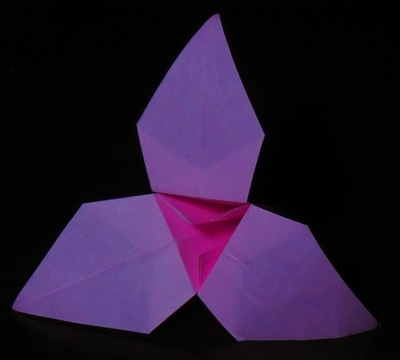





























 RSS Feed
RSS Feed
